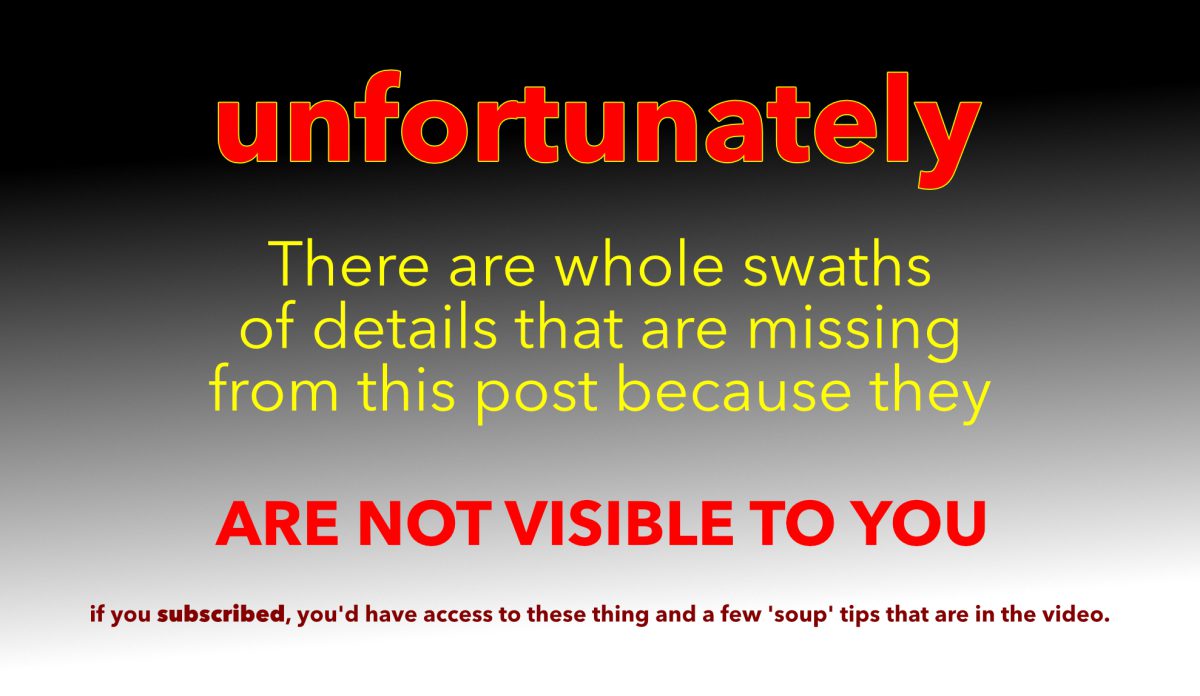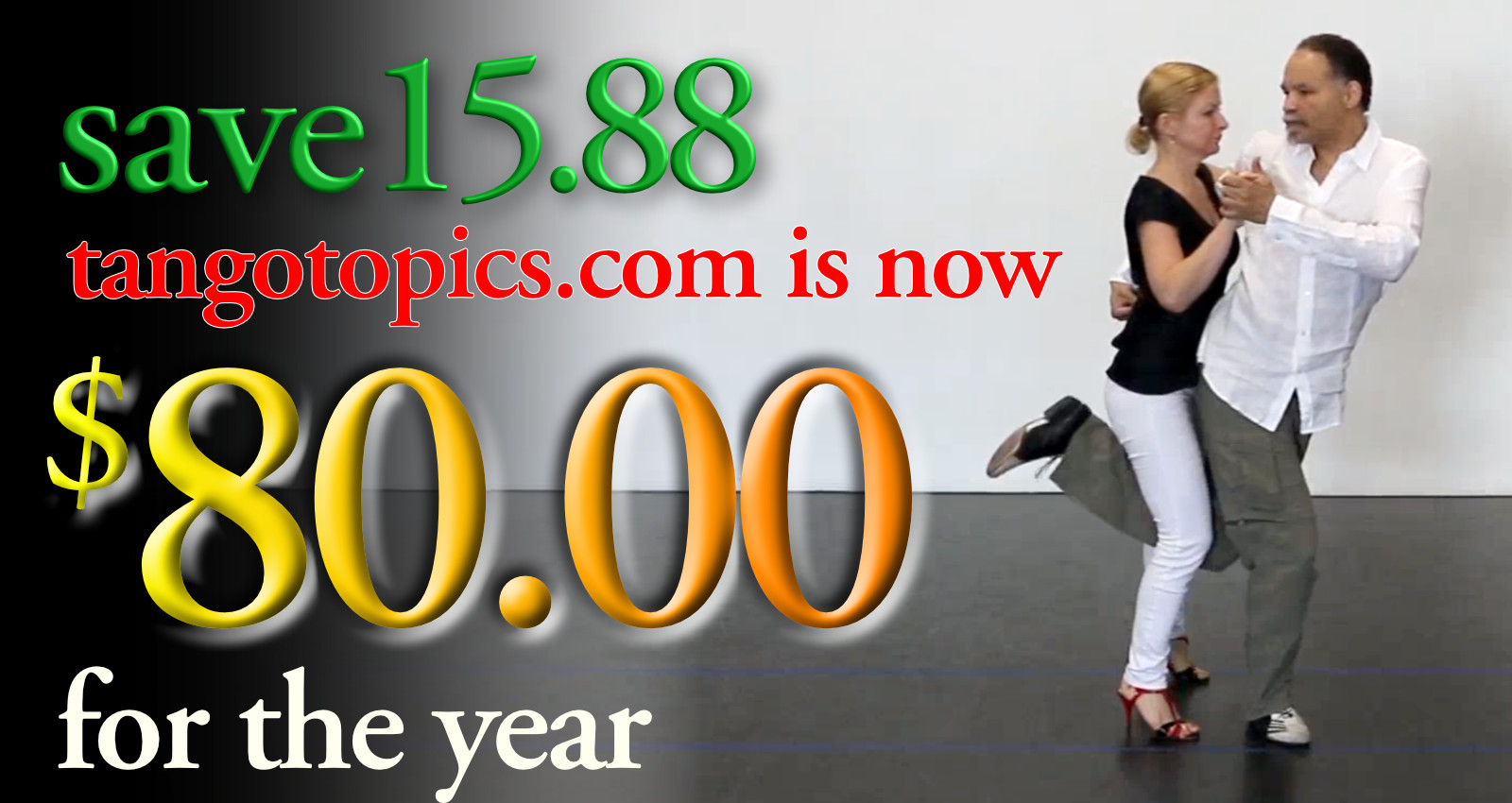The Tango Walk is the hallmark of Argentine Tango. It is what sets Tango apart as a social dance, and a performance element. For some people when they talk about the Tango walk, they don’t pay a whole lot of attention to it, it’s just there. For some they hear the words that the walk is important but for one reason or another they just don’t get it. For others, they see that the walk is absolutely everything. It’s the bee’s knees. Anything and everything is possible once you have mastered the walk. Some people only see the walk as what one does in between the vocabulary (the steps, patterns, and figures). However you view the walk, the walk consists of four phases, not a singular element. The 1st of those 4 phases is what we call The Explosion Phase. This is where all the energy for the step is generated. It only happens for a moment. After that the energy dissipates in a controlled fashion throughout the rest of the step. The 2nd phase is The Extension Phase. This is where the leg actually, and fully extends, to a point. The 3rd phase is what we call The Perihelion Phase. In this phase we ‘pop’ the knee, meaning to fully elongate the entire knee area thereby creating a longer and cleaner extension of the leg. This phase is important because it is the mid-point of the step. And finally the 4th phase, The Transfer Phase. In this phase we do four things in sequence. 1.) We begin a sliding action along the floor with the free foot, shaping it, and engaging in supination. 2.) We begin to transfer our weight from one foot to the other, in this case the sliding foot. 3.) We allow the energy of the Explosion Phase to dissipate in a controlled way. And finally 4.) We allow the knee to flex back to the point of compression that we started out with.
Why are we talking about this stuff ? Because Today’s Tango Topic relies heavily on three of these 4 phases to begin playing with what we call Golden Nugget Extensions.
What are Golden Nugget Extensions ? We need to back up a bit and explain The Golden Nugget of Tango (TGNoT). TGN is where Today’s Topic gets the basis of it’s name from. TGN is not just another piece of Tango Vocabulary. It makes the idea of Tango very accessible and removes a lot of doubt of what’s going to happen next. It is one of the very few patterns that Tango Topics actually endorses, and teaches, with some frequency. TGN can be very useful in interpreting the music, meaning that it works really well in all 3 styles of Tango Music (tango, vals, and milonga). It is also exceptionally extensible, meaning that you while you have the basic pattern of it, you can change it, modify it, and add to it, adorn it, edit it to fit what you’re doing from a Leading perspective as well as from a Following perspective. There are loads of places in TGN where the Follower has oooodles of control over what’s happening. But that’s a topic for another day to be filed under – The Role of the Active Follower.
And now we get to the other half of today’s explanation. The title (Golden Nugget Extensions) is a both a double-entendre as well as a deliberate explanation of what it is. First and foremost, it is taking TGN and adding an expansion pack to it. Things you probably hadn’t thought of when playing with TGN assuming that you have watched the video and learned something from it. Secondly, it’s also applying an element of Tango that doesn’t get a whole lot of usage except maybe in Milonga: The Incremental Step (Traspie) & The Check Step. Golden Nugget Extensions fuses these two important elements into one core concept that you want to apply to your dance. This is the Golden Nugget Extensions principle.
Free Advice. The Incremental Steps that are present in the video, the reversals. Go look at the Incremental video in the archive. That should give you a few ideas from a leading and following perspective as to what you want to be doing here on multiple levels.

About The Video. This video is 11m:27s in length in 7 sections. Both lead and follower technique are combined and integrated into the video.
Sacada Introduction – 00:03:26
Sacada Review – 00:02:37
Follower Technique – Part 1 – 00:01:15
Lead Technique – Part 1 – 00:00:50
Lead Technique – Part 2 – 00:01:05
Follower Technique – Part 2 – 00:00:55
Quick Examples – 00:01:20


